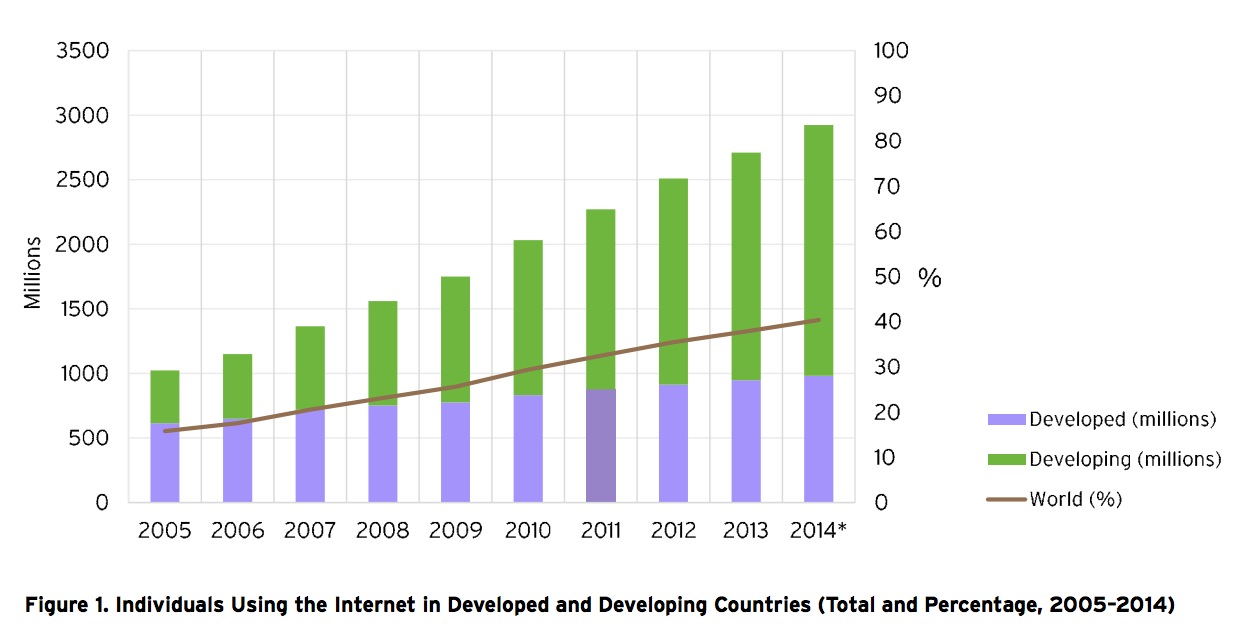INSTITUTE FOR MOBILITY RESEARCH
Executive Summary
Information and communications technology (ICT) is rapidly evolving and is penetrating more and more aspects of people’s everyday lives, including how they travel. This study establishes the current state of knowledge regarding the relationship between ICT and physical mobility, and gives specific guidance for avenues of future research. To address these objectives, we first conducted a detailed review of the academic literature, followed by a Call for Evidence, an Expert Workshop and two Young Adult (Teenage) Workshops.
We identified five distinct yet interrelated themes around which the discussion in this report is organised. We recognise that the state of knowledge is advancing very quickly in this area of research, and at present the field is characterised by many theoretical, methodological and empirical challenges. Commercial decisions and policy measures relating to ICT and physical mobility must therefore be made with explicit recognition that the current state of knowledge is continuously evolving and sometimes fragmentary. Notwithstanding these limitations in the available evidence, the following conclusions can be drawn:
- Will the need for physical proximity (and hence travel) continue to exist? Despite the growing sophistication of ICT, the need for activities undertaken in physical reality, and hence the requirement to travel, appears likely to continue. Nevertheless, time-use patterns and the way people organise their lifes will continue to evolve as ICT becomes ever-more deeply integrated within people’s routines.
- Does increasing use of ICT lead to changes in mode choice and car ownership decisions? The role of ICT in people’s mode choices (e.g. bus, car, walking) and in car ownership appears to be, at most, secondary. Classical considerations such as prices, travel time, reliability, con- venience, and prestige appear to persist as dominant factors in these decisions.
- Is time use and travel planning becoming more spontaneous? ICT appears to provide scope for quicker, more accurate and more personalised travel arrange- ments, rather than making time use and travel planning more spontaneous. Furthermore, there is evidence of individuals relying on portable ICT to adapt their travel plans during travel disruption.
- Will disparate social groups follow the same pathway of ICT/mobility interactions? The mechanisms through which ICT and physical mobility interact appear to vary between different demographic groups and from country to country. Developments in ICT can therefore be expected to have unique consequences for physical mobility specific to various socioeconomic, cultural and geographical contexts.
- What will become of concerns regarding privacy implications? Privacy is increasingly relevant to the sphere of ICT/physical mobility relationships. People appear to understand that significant benefits can be derived from voluntarily sharing personal details and preferences. It is unclear whether the typical consumer is fully aware of the amount of economic value they are voluntarily donating, and how ICT services would adapt if this willingness to share were to change.
Introduction
The desire to acquire, process and communicate information is one of the most basic elements of human behaviour and social organisation. Technologies that enhance these capabilities have therefore always been amongst the most powerful drivers of behavioural and social change, from the Babylonian abacus to Twitter. What is exceptional, however, about current developments in ICT is their pace and ubiquity – we have already reached a point where few aspects of our lives are not penetrated by the influence of ICT. This is reflected in the continually growing penetration of the Internet (Figure 1) as well as the proliferation of mobile phones and the growth in their capabilities (Figure 2). In the latter case especially it is evident that despite high penetration of such technologies, there is still a significant scope for growth, especially among the developing countries.
A somewhat separate issue is to do with the direct incorporation of new types of ICT into transport network management. The latter is of great interest to transport researchers, and the implications remain far from a settled matter. For the purposes of this study, however, it was decided to specifically exclude these types of ICT from consideration, and to focus instead on the impacts of consumer use of ICT for online activity participation. So, we did not consider, for instance, ICT that makes it easier to manage a road network (e.g. real-time video feeds or sensors), nor did we consider the consequences of self-driving (autonomous) automobiles. Such ICT raises genuinely important research questions, but they are not the focus of the present study.
This study was designed to investigate the impacts on personal mobility that are attributable to people incorporating ICT into their lifestyles. We recognised the need for a holistic approach, drawing on the respective strengths of both qualitative and quantitative methods. We also recognised the need to take into account various contextual factors, such as the affluence of societies, the availability and quality of transport and ICT infrastructures, and attitudinal and cultural factors, which can all play an important part in shaping ICT/ physical mobility relationships. Finally, this issue also has a multifaceted temporal aspect, as the dynamic nature of fundamental developments in ICT and also the way in which different generations of users employ such technologies both unavoidably affect the relationship they have with their physical mobility
This report serves as a summary of the study – it seeks to convey the key findings, provide a synthetic overview of the state of the knowledge in the field, and present an outlook for future research.
Download full version (PDF): ICT And Physical Mobility
About the Institute for Mobility Research
www.ifmo.de
The Institute for Mobility Research is a research facility of the BMW Group. Its main task is to initiate cross-modal and interdisciplinary research with an international perspective in the domain of mobility and transport.
Tags: ICT, IFMO, Information and Communications Technologies, Institut für Mobilitätsforschung, Institute for Mobility Research







 RSS Feed
RSS Feed